2
without interpolation, a rough estimate is about 13.7 hours for
one image. To synthesize a training dataset containing 1000 of
these sequences where each sequence has 100 frames, this will
take 156 years. Recognizing the pressing need for an accurate
and fast turbulence simulator, we present a method that enables
turbulence simulation in real time.
A preview of our results is shown in Figure 1. While split-
step propagation is largely limited to a small grid of sprase
points, the proposed method can directly generate a dense
field. The run-time of the proposed method is approximately
0.025 seconds for a 512 ×512 image. For a high-definition
(HD) image of size 3840×2160, the runtime is approximately
60 seconds. As can be seen in Figure 1, the new simulator
allows us to zoom in to any region of the image while the
turbulent effect is still globally correlated according to the
theoretical statistics. To our knowledge, this is the first practi-
cal demonstration of an HD dense-field turbulence simulation
documented in the literature.
The proposed approach, named the Dense Field Phase-to-
Space (DF-P2S) simulation, is built upon the multi-aperture
model by Chimitt and Chan [18], and the phase-to-space
(P2S) transform by Mao et al. [19]. DF-P2S overcomes a
fundamental limitation of [19] which is the size of the cross-
correlation matrix (tensor). In [19], the cross-correlation tensor
must be pre-computed, stored, and decomposed before running
the simulator. This causes some computational overhead, how-
ever, the bigger issue is memory. The largest cross-correlation
tensor that can be stored is for a spatial grid of size 32 ×32
using 36 basis coefficients. To simulate an image with a higher
resolution, we need to interpolate the field, which limits the
overall accuracy of such a simulation. Our solution to over-
come this memory bottleneck is to maintain the homogeneity
along the spatial dimensions of the correlation tensor and
perform an approximation of the cross-correlation functions
which otherwise restrict this behavior. This is based on a
new observation that the exact form of the cross-correlation
functions can be approximated without severely hurting the
tensor statistics. As a result, we can employ Fourier-based
techniques to draw dense field samples spatially at a low
computational cost. This allows us to maintain a similar speed
as P2S [19], yet gain an increase in statistical accuracy.
To summarize, this paper offers two contributions:
1) Real-time dense field turbulence simulation. We re-
port the first turbulence simulator that can simulate over
a dense field and in real-time.
2) New approximation to the cross-correlation function.
We show how certain off-diagonal blocks of the cross-
correlation matrix used in [19] can be removed to utilize
Fourier-based generation, hence enabling a significant
resolution upscale.
II. OUTLINE OF GENERAL SIMULATION PRINCIPLES:
BUILDING BLOCKS
To keep track of the notations, we use object plane coordi-
nates x= (x, y)and image plane coordinates u= (u, v). For
a function defined across the aperture, we use the coordinates
ξ= (ξ, η)or its polar form ρ= (ρ, θ). We also use the
polar coordinates s= (s, ϕ)to denote the displacement in the
Zernike space.
The turbulence effect is modeled by convolving a spatially
varying point spread function (PSF) to a diffraction-limited
clean image. In the case of incoherent light, which is the focus
of this work, the observed image I(x)is
I(x) = hx(u)~Ig(u),(1)
where hx(u)is the PSF with the subscript to emphasize that
it is spatially varying, and Ig(u)is the distortion-free image.
Note that the observed image is indexed by xwhereas the PSF
and ideal image are indexed by u. This is to emphasize that
after hx(u)is convolved with Ig(u), only the center pixel is
used to construct I(x).
The per-pixel PSF can be generated per the Fraunhofer
diffraction equation with phase error [20]. Denoting P(ξ)as
the aperture function, hx(u)is
hx(u) =
Fourier nP(ξ)e−jφx(ξ)o
2,(2)
withholding some constants that determine the size of the PSF
according to the optical parameters. Here, φx(ξ)is the phase
distortion function that varies over ξfor coordinate xin the
image. Note that φx0(ξ)6=φx1(ξ)if x06=x1.
Given that the PSF generation (2) and the image formation
(1) is relatively standard, the central focus of a simulation
approach then falls upon the generation of the random phase
φx(ξ)in accordance with its theoretically given statistics.
There are two main categories for generating φx: (i) split-
step propagation [5], [14], [15], which numerically propagates
a wave through a random volume, and hence modeling the
medium; (ii) collapsed phase-over-aperture [18], which gener-
ates the phase function directly at the aperture, which we refer
to as the multi-aperture model. We illustrate the differences in
these two approaches in Figure 2.
A. Computational Bottleneck of Split-Step
Before we discuss the two building blocks of our simulator,
it would be useful to highlight the limitations of the split-step
method [5], [14], [15]. The split-step method directly mirrors
the physical process by which light propagates. After a point
propagates through the simulated medium, it arrives at the
aperture of the imaging system with a phase component φ(ξ).
In the case of turbulence, the statistics of φ(ξ)is determined
by the structure function
Dφ(ξ,ξ0) = E[(φ(ξ)−φ(ξ0))2].(3)
Assuming that the random function φ(ξ)is homogeneous and
isotropic, the structure function can be simplified to
Dφ(|ξ−ξ0|)=6.88(|ξ−ξ0|/r0)5/3,(4)
where r0is the Fried parameter [21].
To numerically generate the phase φ, the split-step method
uses the Kolmogorov power spectrum density (PSD) [22] (or
similarly Von Karman spectrum [5], etc) to generate discrete
planes of turbulent distortions, referred to as phase screens
[15]. This can be done directly with knowledge of the PSD and

 2024-11-29 7
2024-11-29 7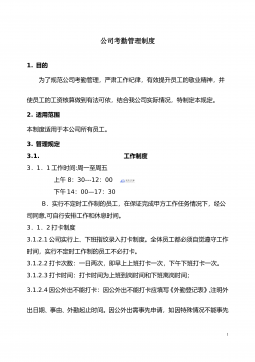
 2024-11-29 9
2024-11-29 9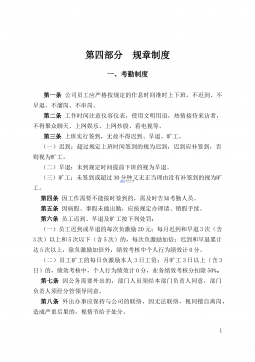
 2024-11-29 10
2024-11-29 10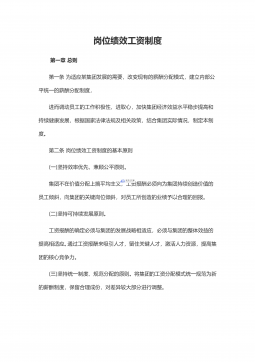
 2024-11-29 10
2024-11-29 10
 2024-11-29 11
2024-11-29 11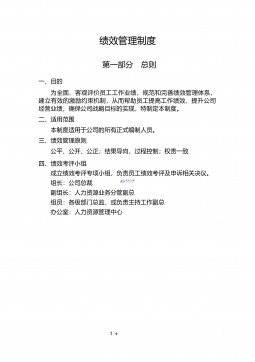
 2024-11-29 12
2024-11-29 12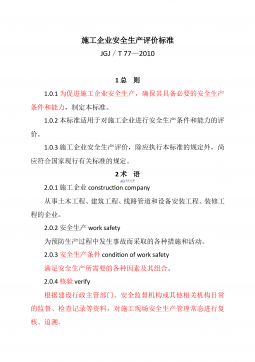
 2024-12-14 196
2024-12-14 196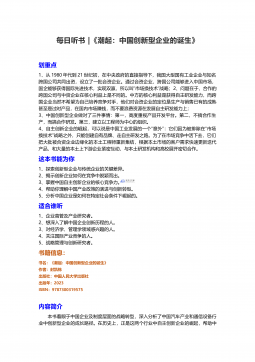
 2024-12-14 59
2024-12-14 59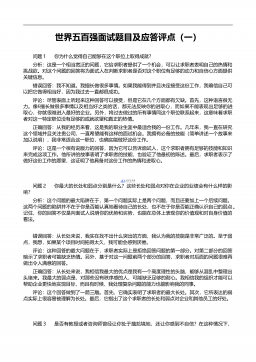
 2024-12-15 67
2024-12-15 67
 2025-01-13 134
2025-01-13 134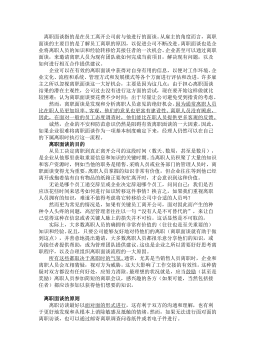
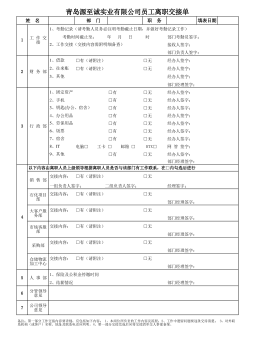
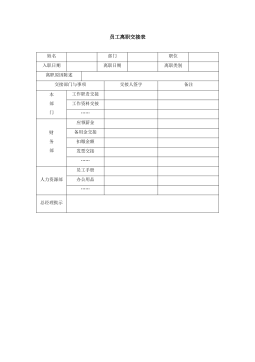
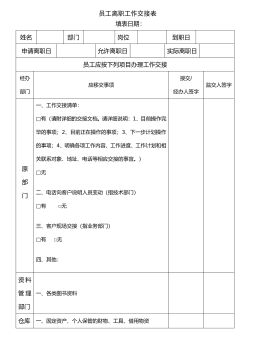
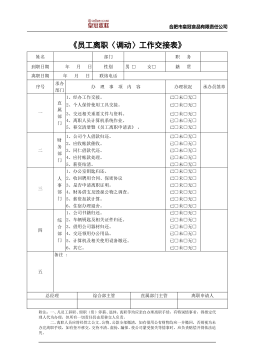


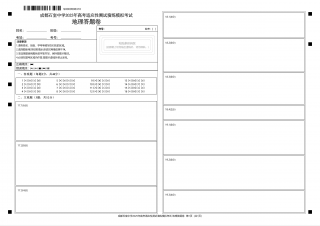
 渝公网安备50010702506394
渝公网安备50010702506394
